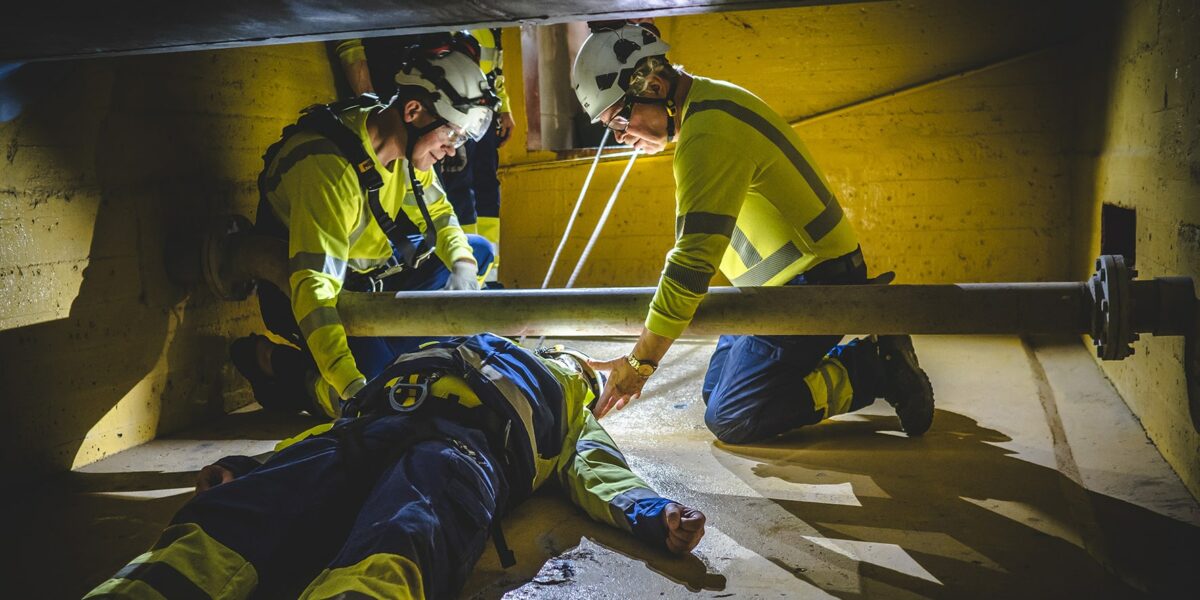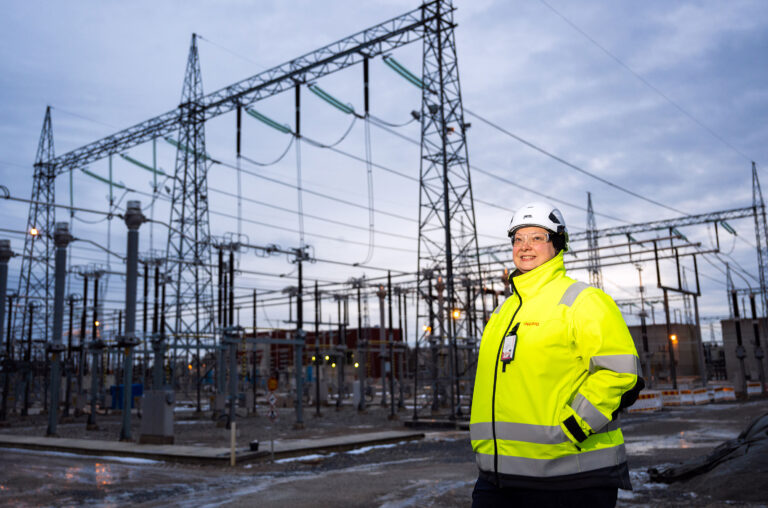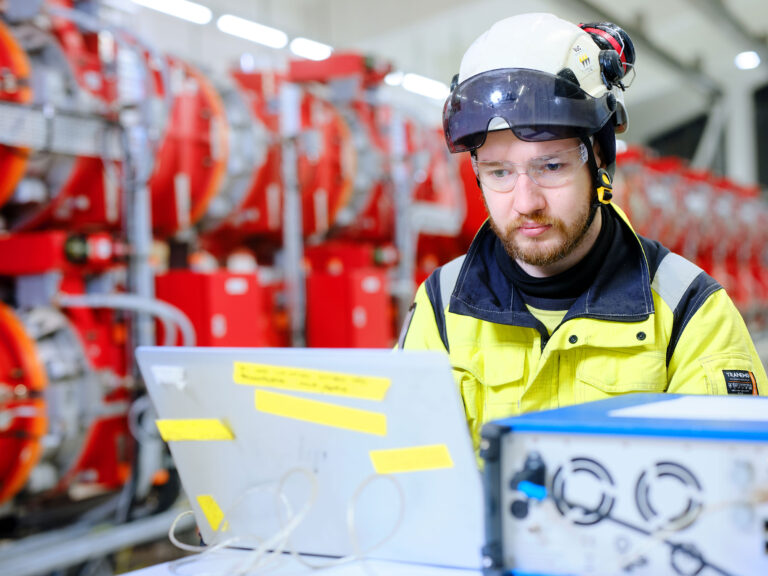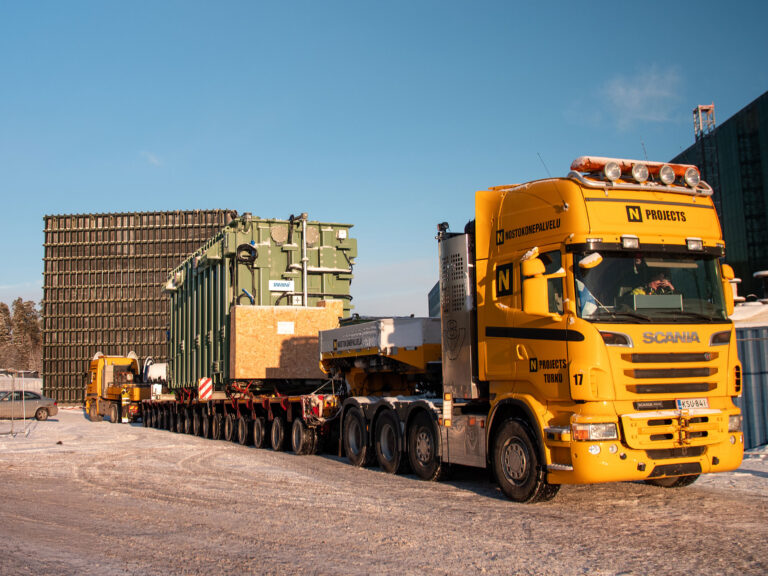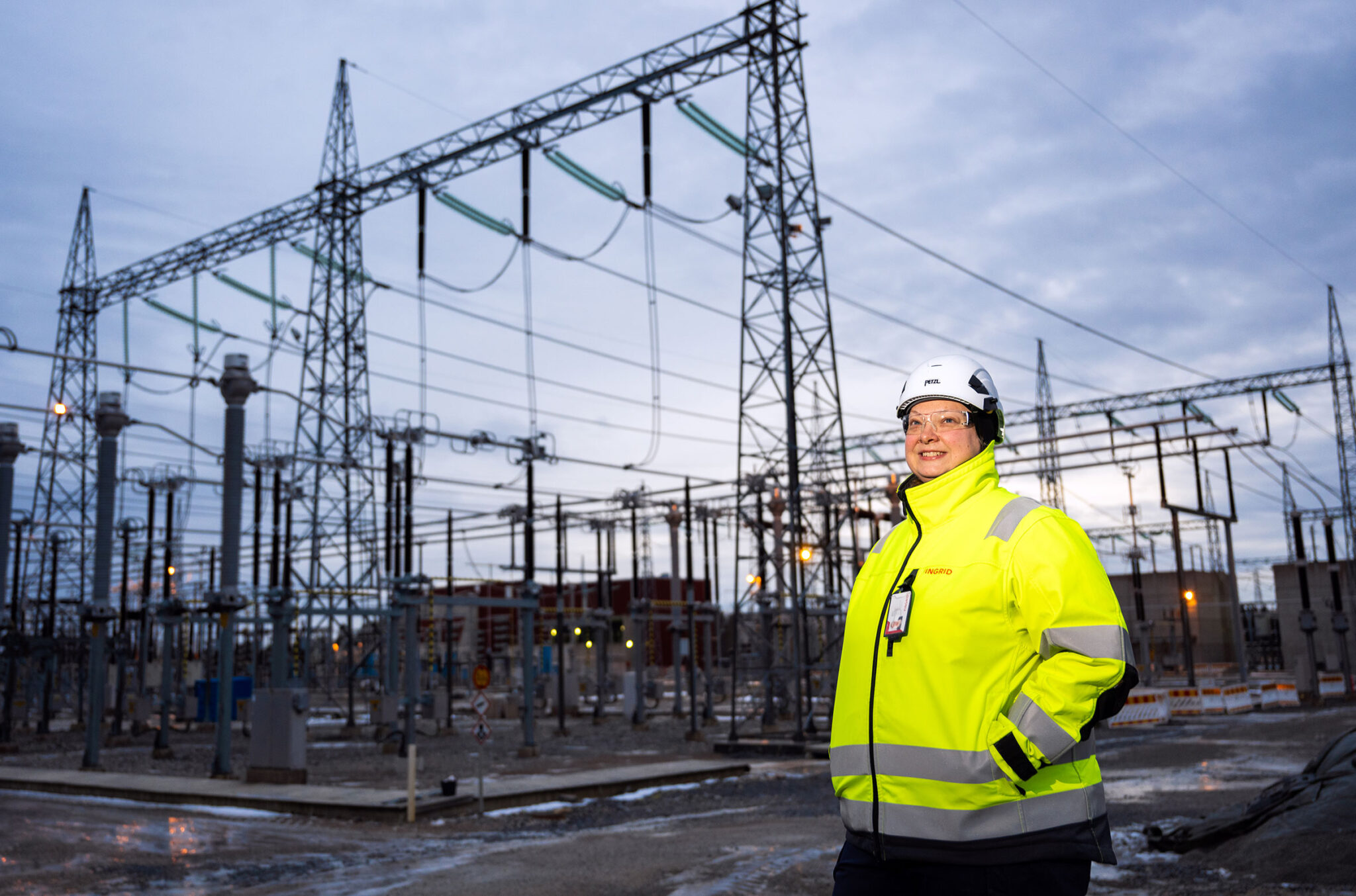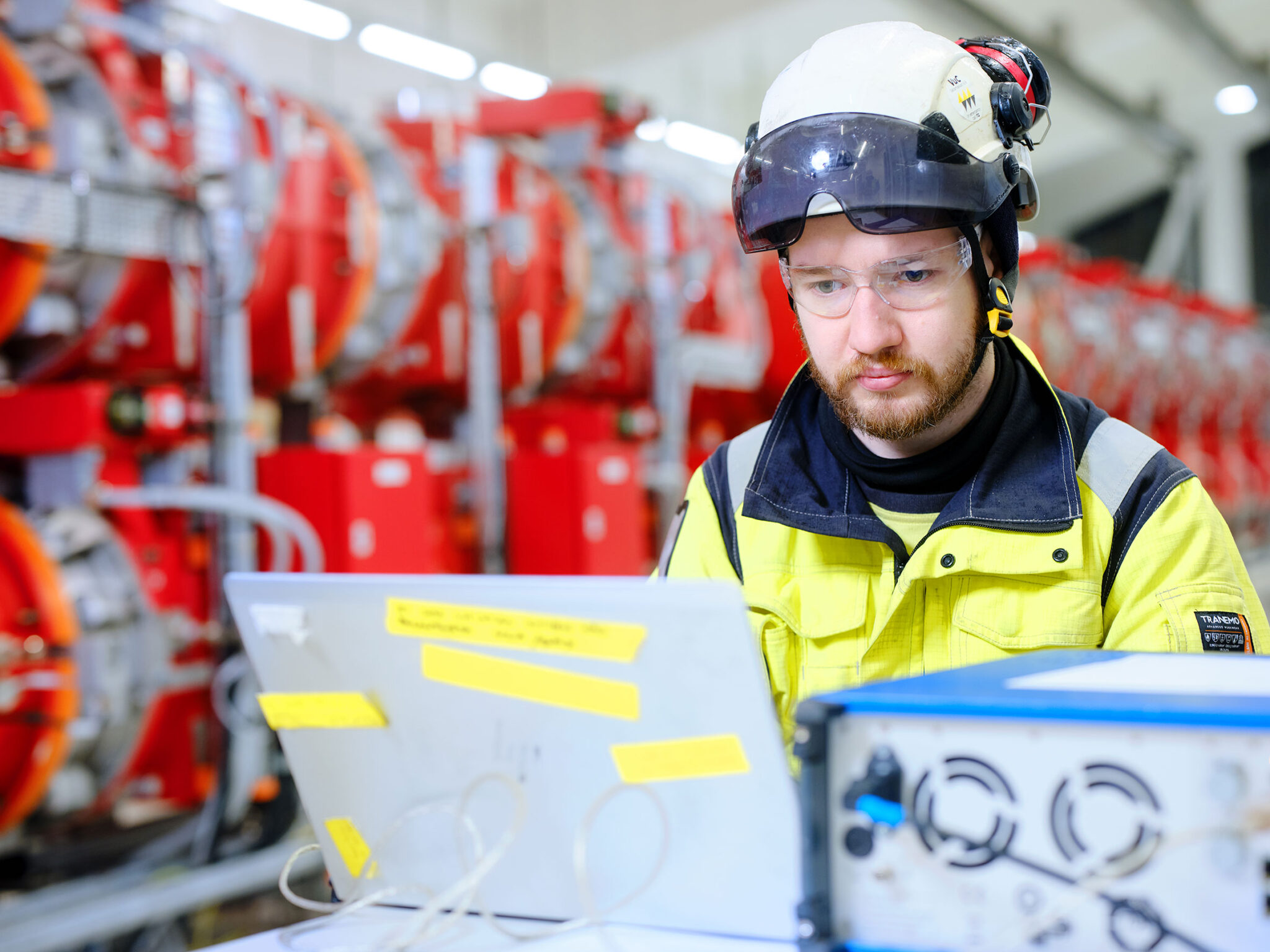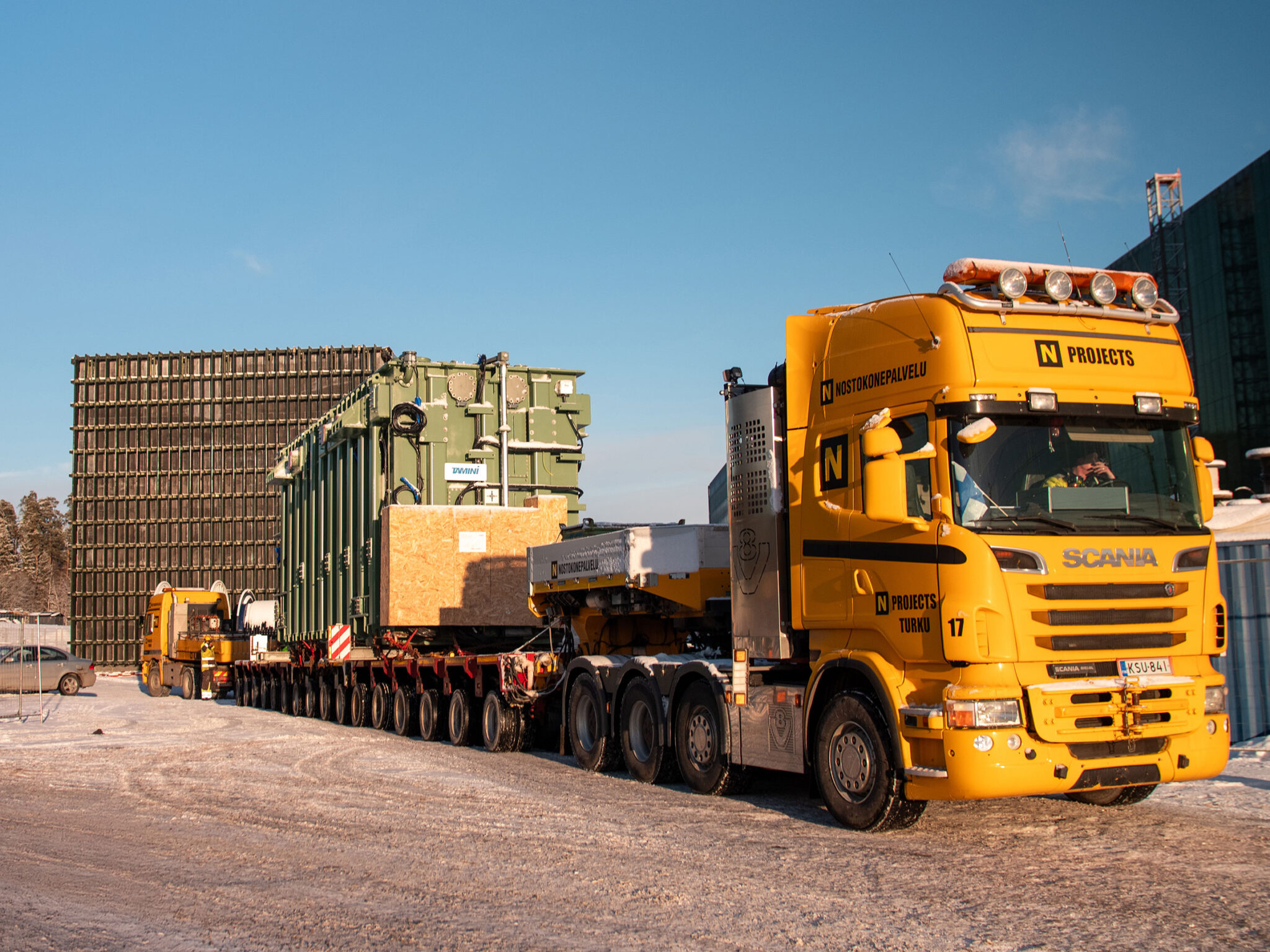There are lots of difficult spots where Fingrid’s employees and service providers need to work at reserve power plants. In many cases, the spaces themselves are spacious enough, but they are accessed via cramped entrances.
For example, if a person is incapacitated due to a sudden illness or accident, getting them out of such an area can be difficult.
“At reserve power plants, the spaces classified as confined spaces include wells, flue gas ducts, combustion chambers, air intake ducts, and fuel tanks,” says Maija Nurmi, Occupational Safety and Health Manager at Fingrid.
Everyone who works in confined spaces practises rescuing personnel regularly. Fingrid arranges joint exercises every 1–2 years, and independent training takes place several times a year.
New employees are also given an orientation to occupational safety in confined spaces.
“Every reserve power plant has a comprehensive set of equipment, and employees are allowed to practise rescue activities during working hours. This helps to ensure that the lessons learned from exercises are implemented in the workplace,” Nurmi says.
Practical rescue exercises in Huutokoski
Kärnä Oy held a training exercise at the Huutokoski reserve power plant in early August. The participants were two eight-person teams from two service providers, Patria Aviation and Elcoline Industrial Service.
The Huutokoski reserve power plant was undergoing annual maintenance, so it was possible to enter some confined spaces.
“The training was highly practical,” Nurmi says.
The training familiarised the participants with the equipment, and they each had the chance to go through the rescue activities several times.
“The equipment included the same harnesses and ropes that many of our employees will be familiar with if their work carries the risk of falling. The participants were given some useful tips on using this equipment in their day-to-day work. We think the instructions were so good that the participants will share them with their colleagues.”

